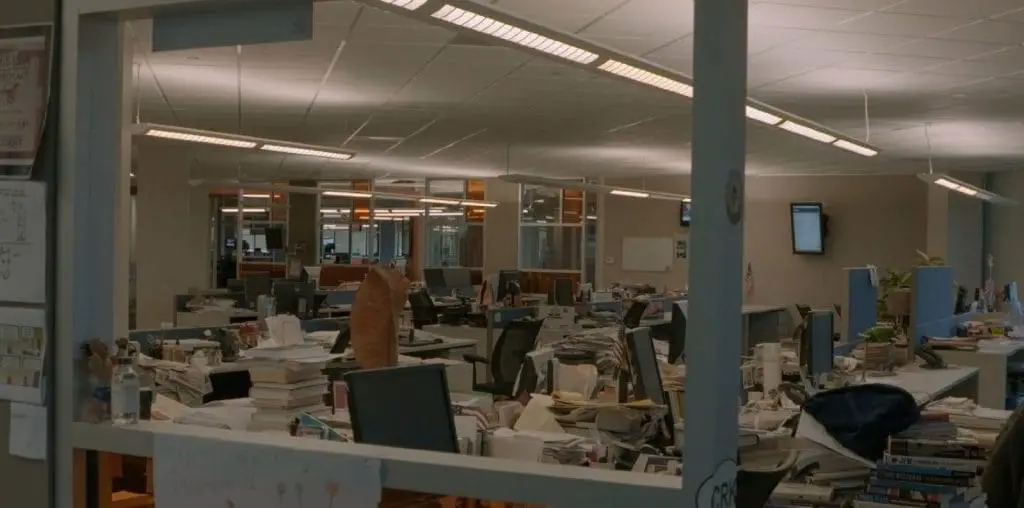
Depending on who you ask, Joe Strummer was an innovator, a coward, a digester of all styles and types of music, a confused jerk and/or a dreamer. “Joe Strummer: The Future is Unwritten” searches for the truth about the musician who shifted from hippie to punk, expanded the scope and possibility of his newfound genre, then quit at the pinnacle of the fame he initially craved.
Documentarian Julien Temple orchestrates a pile of archival footage and interviews—including some with Strummer shot prior to his death in December 2002—into a blazing tribute full of animation, montages and rarities. Some of the archival footage is remarkable, including a shot in the opening sequence showing Strummer in the studio recording “The Clash” in 1977. We hear his vocals to “White Riot” a cappella, the raw power of it standing out without the violent instrumentation serving as a motivator.
As it has a more complex subject than Temple’s 2000 Sex Pistols documentary, “The Filth and the Fury,” the movie takes on an introspective tone as it searches for the essence of Strummer’s life. Seen as a caring, politically conscious and charismatic by most of the interviewees, he nevertheless had behavioral lapses.
His most infamous turn came when he joined The Clash. As he ditched his his first successful local London band, The 101ers, to become a punk rocker, he adopted the jaded, angry persona of the movement and didn’t even acknowledge his friends from the old scene anymore. Others note his era of personal discovery after he left The Clash and refrained from producing music for a long time.
But everyone remembers Strummer’s complete and never-dying love for music. Friends and collaborators share their memories at campfire gatherings, held in tribute to those Strummer arranged in his later years to encourage the return of a sense of community to people’s lives. Temple intimately shoots his subjects with the fire illuminating their faces and flickering in the foreground. The less expected faces include director Jim Jarmusch and actor Steve Buscemi, who both worked with Strummer on the film “Mystery Train,” and celebrities like Johnny Depp and Martin Scorsese.
Temple never identifies his subjects with title cards, presumably to give the film a less stuffy feel. However, the decision may frustrate people who want to know who some of the people, aged 20 or 30 years, are. The structure also tends to wander a bit, with more interview clips than are necessary. (Not every music documentary needs to have Bono in it.) But Temple succeeds in creating a portrait neither glowing nor damning, but representative of a remarkable man.

